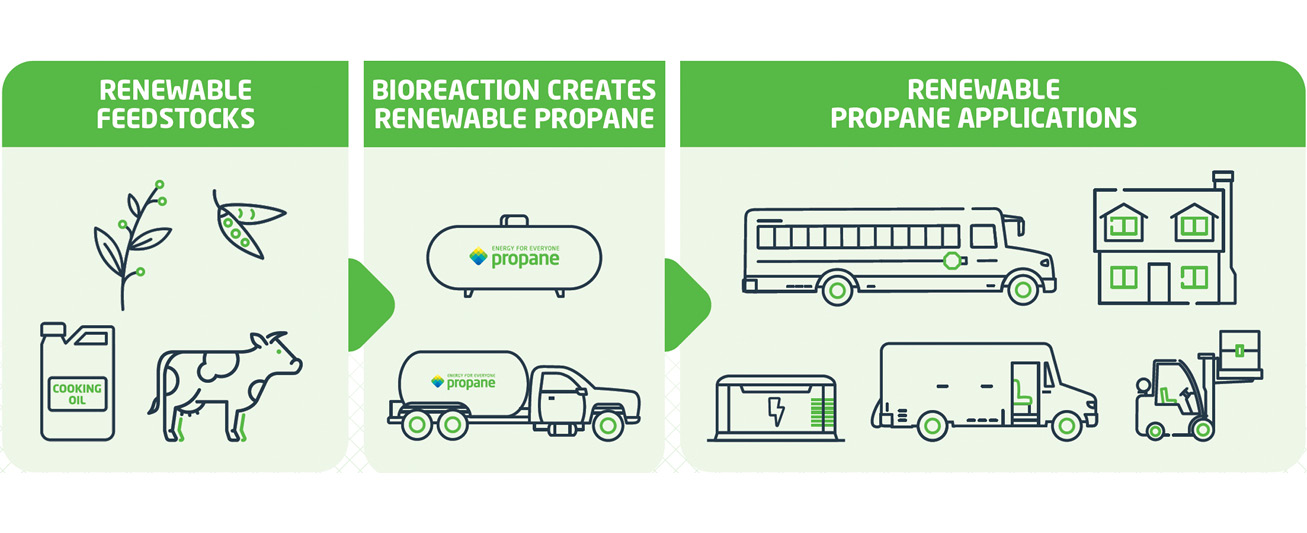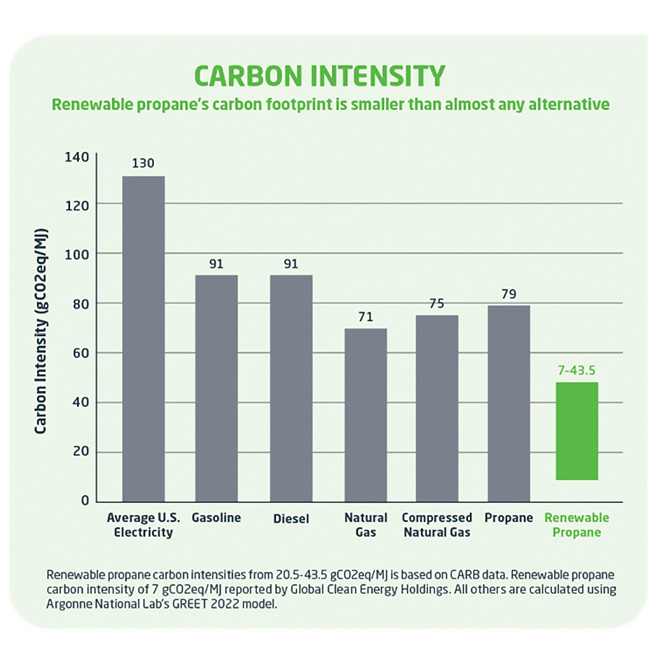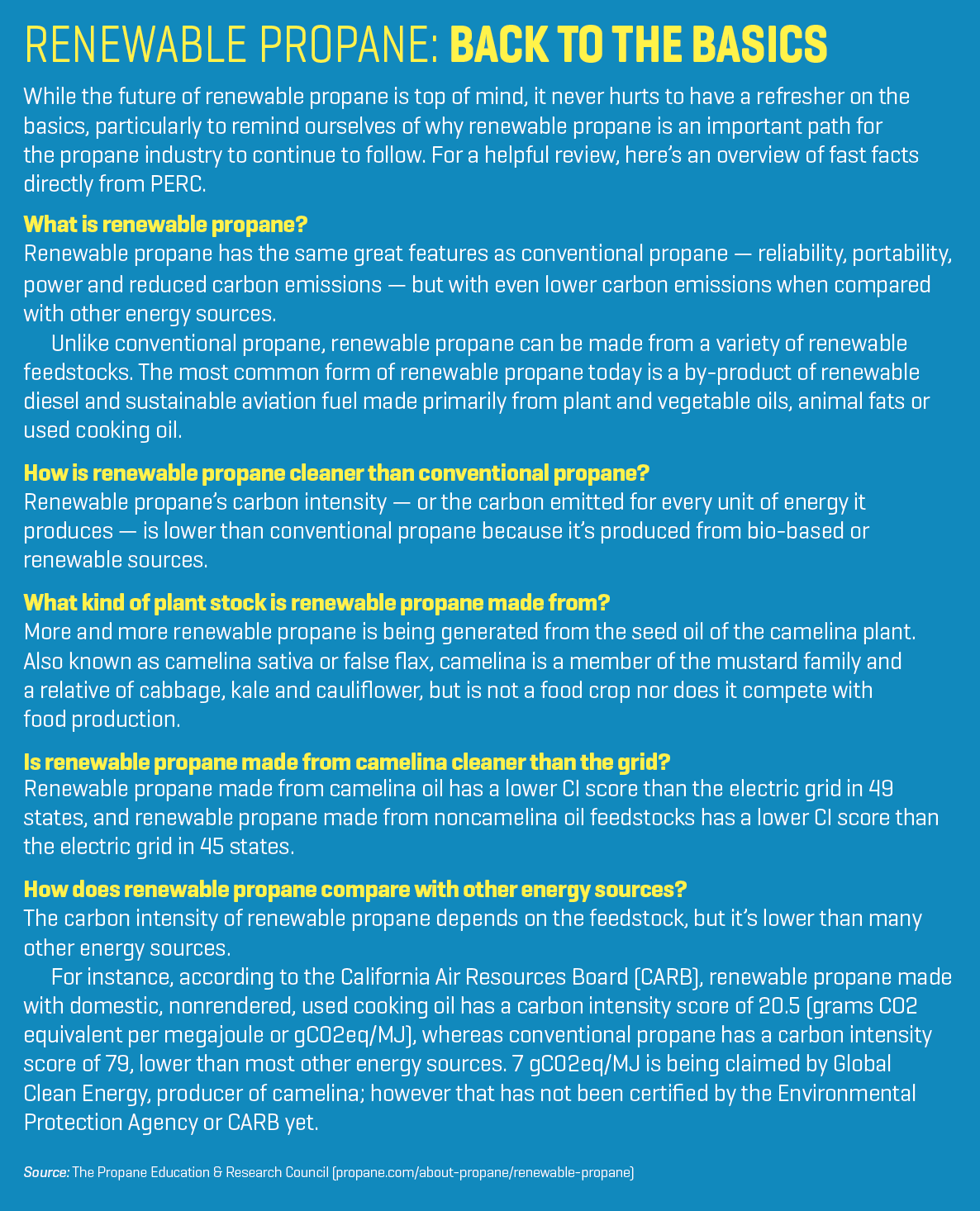

Over the last few months, I have been asked frequently about how the Trump administration’s energy priorities might affect the propane industry. An embrace of nuclear, natural gas and natural gas liquids — including propane — is a positive sign, but the question remains: What about renewable propane? With increasing attention paid to its conventional twin, will it sustain the momentum it has built over the past five years? I believe the answer is yes.
Calls to lower carbon emissions in sectors such as road transportation and ports are unlikely to abate as administrations come and go. What might change are the energy sources favored to get the job done. Our industry has long championed a carbon-cutting approach that includes propane, renewable propane, electrification and a host of other innovative solutions — a wide path — to lower emissions. Now, the wide path is poised to have its moment.
That’s where renewable propane fits in. It is another ultra-low-carbon tool available to address the growing need for clean energy in the toughest sectors to decarbonize. As production methods are perfected and costs come down, renewable propane could enter the enormous home and commercial building heating market as well. It could also serve to shore up propane supply during periods of heavy demand.
The pace of scientific research and innovation aimed at expanding renewable propane production has accelerated sharply in just the last six months. In September 2024, the Propane Education & Research Council (PERC) announced that researchers at the Illinois Institute of Technology (IIT) had developed efficient technology capable of producing propane from carbon dioxide (CO2) and electricity from intermittent renewables, such as wind and solar. The process could yield propane with negative carbon intensity. The research team asserts that the resulting product can be cost-competitive with conventional propane.
The IIT project was selected by the U.S. Department of Energy’s (DOE) Advanced Research Projects Agency-Energy program to receive nearly $4 million in funding to scale up the technology. That work is underway right now.
In December, the DOE’s Bioenergy Technologies Office announced their intent to issue up to $23 million in funding for research and development of propane from domestic renewable feedstock. As of this writing, university research teams are lining up to apply ahead of a March deadline. Clearly, the DOE remains serious about the future of renewable propane as a priority, not just as a by-product.
What does all of this mean for the propane retailer? After all, the promise of these projects is still years away from being fully realized. I think it ultimately boils down to how we view and use renewable propane even if we aren’t selling it. I see it as a highly valuable tool in propane’s own wide-path toolbox — part of a broader suite of energy services the industry provides to clean energy-conscious customers.
Ultimately, renewable propane encourages a renewed conversation about all propane. Propane is low-carbon energy, period. Renewable propane is the lowest-carbon version of a clean, reliable and affordable fuel. It amplifies our voice in an energy and climate conversation that is ever-evolving but never finished.



